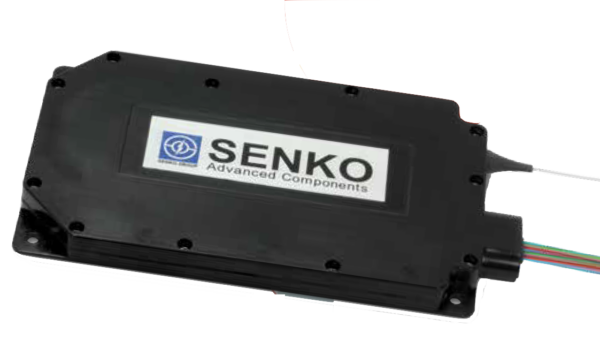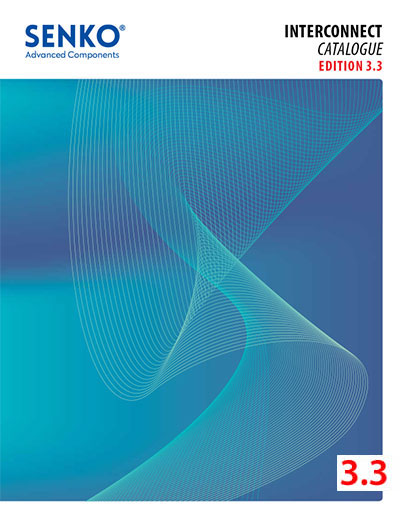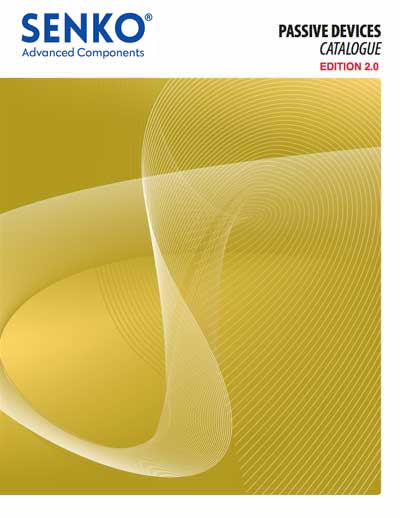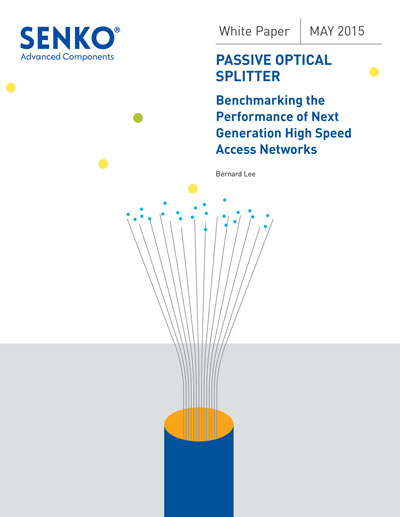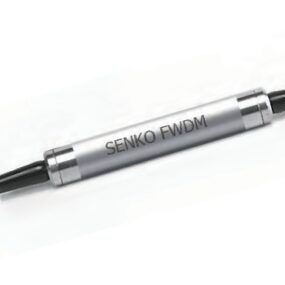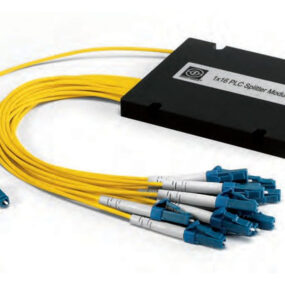Athermal AWG Module
SENKO Athermal Arrayed Waveguide Grating (AAWG) is the DWDM Mux/ Demux device that operated without the need of temperature control. It is a integrated optical circuit built by a polymer approach (Silica on Silicon substrate) that proves more stable reliability and performance.
- Excellent Optical Performance
- High Channel Counts (up to 48Ch)
- Temperature insensitive
- High reliability
| PARAMETERS | AWG Type | ||
| Gaussian | Flat-Top | ||
| Channel Spacing (GHz) | 100 | ||
| Channels (Ch) | 48 | ||
| Channel Passband (nm) | ±0.1 | ||
| ITU Frequency (THz) | Even | 196.00 to 191.30 | |
| Odd | 196.05 to 191.35 | ||
| ITU Wavelength (nm) | Even | 1529.553 to 1567.133 | |
| Odd | 1529.163 to 1566.723 | ||
| Center Wavelength Accuracy (nm) | ±0.07 | ±0.06 | |
| Bandwidth (nm) | @1.0dB | ≥0.2 | ≥0.4 |
| @3.0dB | ≥0.36 | ≥0.55 | |
| Insertion Loss (dB) | ≤4.5 | ≤6.0 | |
| Insertion Loss Uniformity (dB) | ≤1.5 | ||
| Passband Ripple (dB) | ≤2.0 | ||
| Adjacent Channel Isolation (dB) | ≥25 | ||
| Non-adjacent Channel Isolation (dB) | ≥30 | ||
| Total Crosstalk (dB) | ≥21 | ||
| Polarization Dependent Loss (dB) | ≤0.5 | ||
| Return Loss (dB) | ≥45 | ||
| Operating Temperature (℃) | -5 ~ +65 | ||
| Storage Temperature (℃) | -40 ~ +85 | ||
| Fiber Type | G652D | ||
| Package Dimension (mm) | 120(L)x70(W)x10(H) | ||
Notes:
1. The tested performance do not include connectors.
2. For module with connectors, IL will be specified 0.3dB higher and RL will be 5dB lower.
3. Specifications may change without notice.
4. Custom configuration available upon request.
Bi-directional WDM Systems
Cable TV (CATV)
Metro Networks
FTTx




WDM is an acronym for Wavelength Division Multiplexer. The main purpose of the WDM is to increase bandwidth capabilities on a single optical fiber. Signals are sent using different wavelengths across one fiber channel until they are split into their respective lanes. The splitting is called demultiplexing. In reverse, the WDM can combine or multiplex the different wavelengths onto one fiber. This greatly increases the amount of information that can be sent over a single fiber.
The devices are based on a fundamental principle of optics that light waves of different wavelengths do not interfere linearly with each other. This means that, if each channel in an optical communication network makes use of light of a slightly different wavelength, then the light from many of these channels can be carried by a single optical fiber with negligible crosstalk between the channels. The AWGs are used to multiplex channels of several wavelengths onto a single optical fiber at the transmission end and are also used as demultiplexers to retrieve individual channels of different wavelengths at the receiving end of an optical communication network.
A regular splitter has no wavelength dependency. This means that if 1310nm or 1550nm get sent into a splitter, both wavelengths are split into the ratio of the splitter. For a WDM, the device will actually block the light from with the wrong wavelength entering the channel and only pass the wavelength that it’s designed to allow through.
